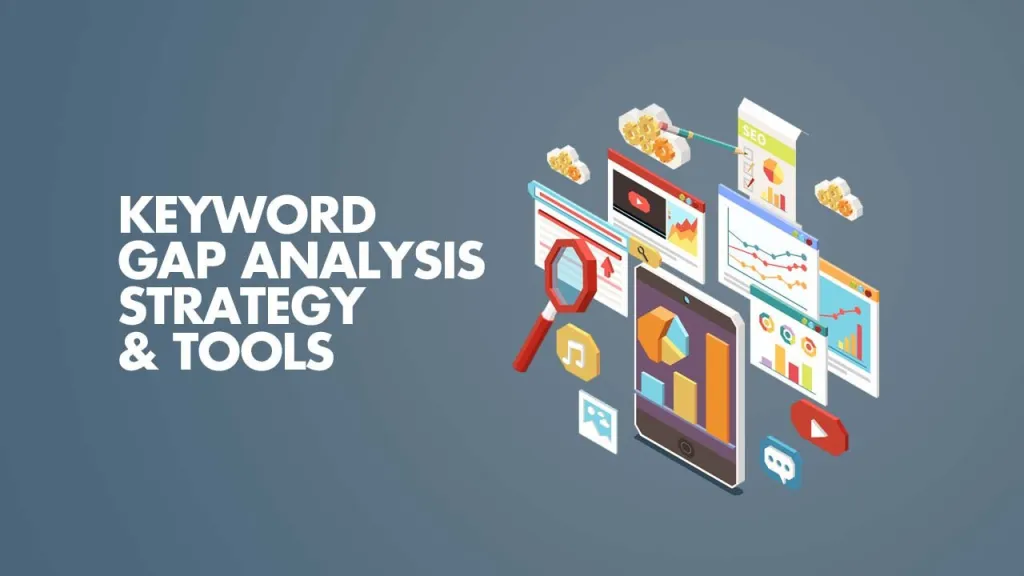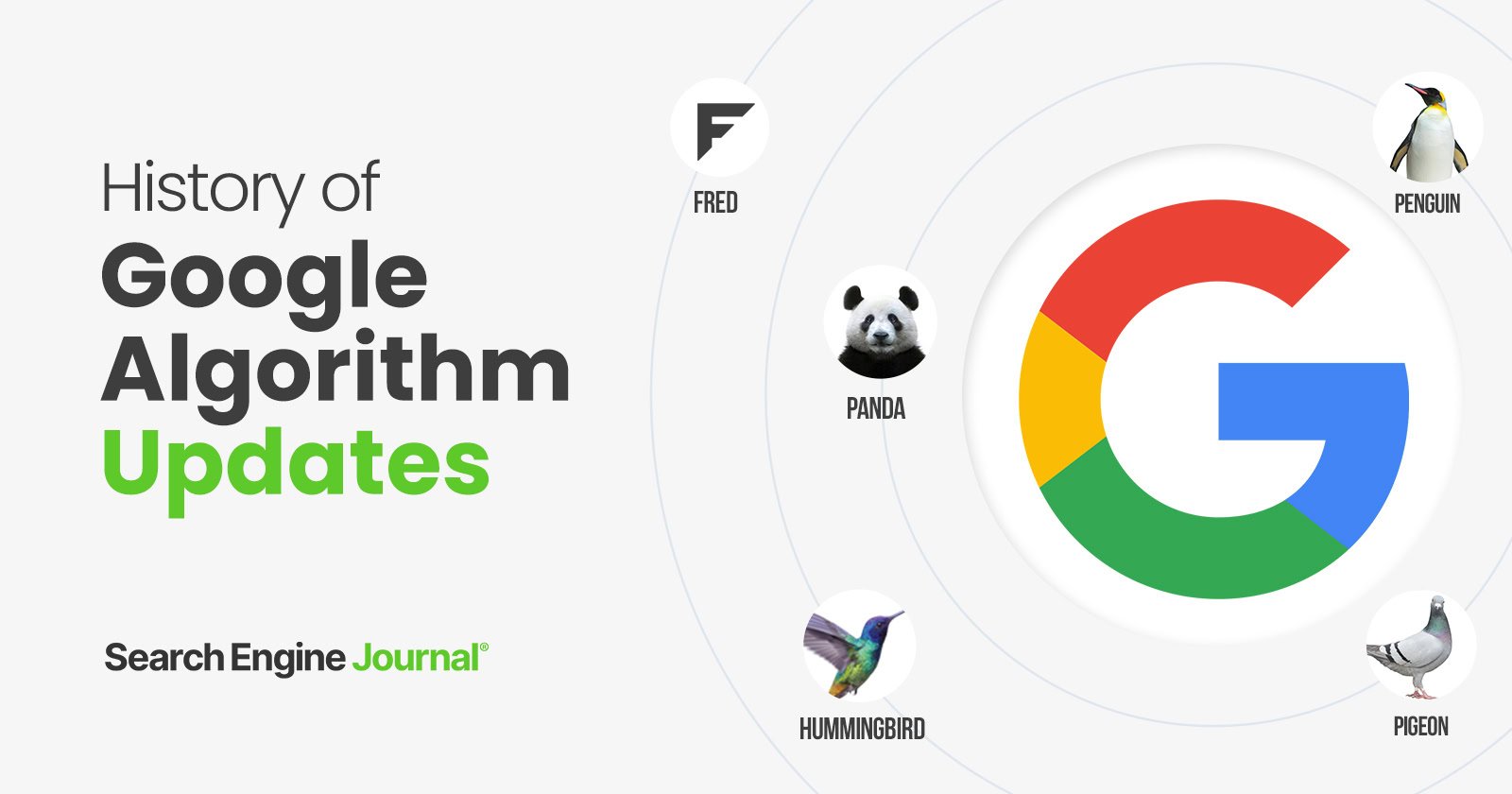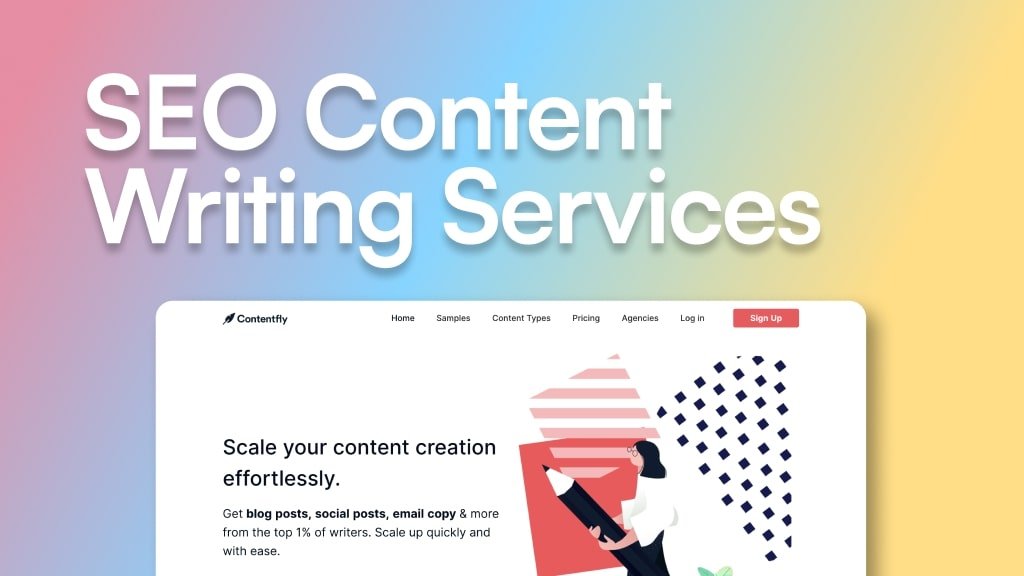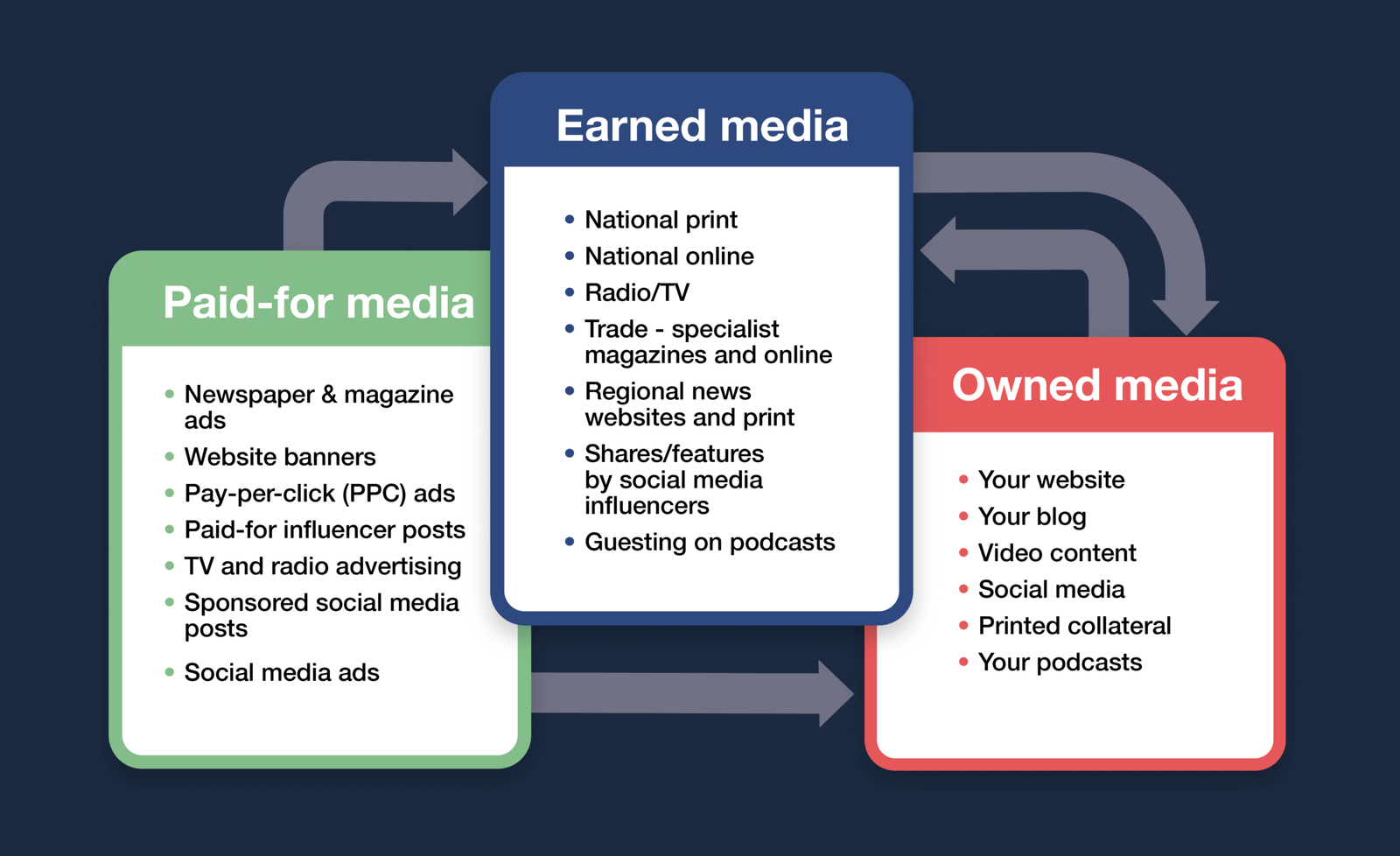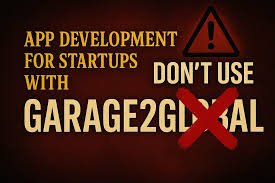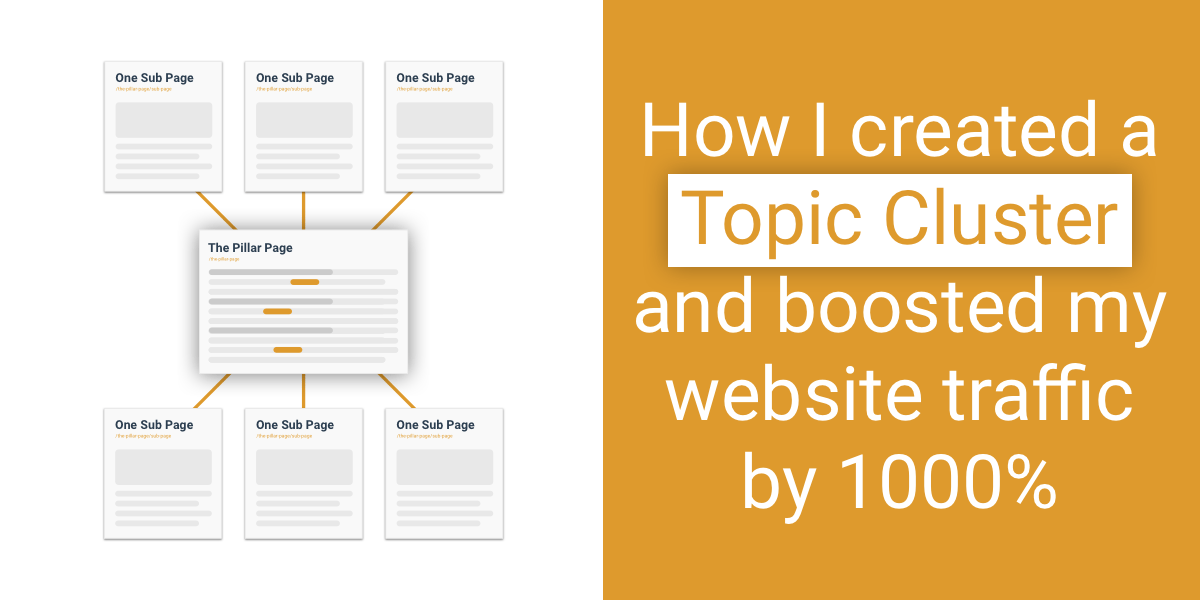How I Actually Find the Little Holes in Competitors SEO and Why You Should Care
Okay, let’s be honest: searching for keyword gold feels a bit like treasure hunting with a shaky map and a flashlight that sometimes dies. But when you learn how to find competitor keyword gap that sweet difference between what they rank for and what you don’t the flashlight suddenly works again. And not just that: you start seeing paths other people walked right past. This isn’t a strict checklist. It’s more like: grab a coffee, stare at the data, feel mildly satisfied, then sprint toward the opportunity. I’ll talk you through feelings, small annoyances, and the practical moves that actually move traffic. Ready? Why the phrase “keyword gap” sounds cleaner than reality (but still matters) “Keyword gap” makes it sound tidy. A gap. Fill it. Done. Reality: it’s messy. There are overlaps, intent mismatches, and sometimes your competitor ranks for a low-quality keyword that brings nothing but weird bots. Still find the right gaps and you get organic traffic that behaves, converts, and sticks. That’s the part worth obsessing over. The first look quick, messy, human Here’s my real first step: I don’t open a dozen tools. I open the search bar. Type keywords you think are yours. See who’s in the top 10. Click a few results. Read like a person, not a robot. You’ll feel it quickly: I probably spend five to ten minutes doing this. Not enough to “research” in the boring sense, but enough to get a gut read. That gut read will tell me whether a keyword gap is worth chasing. The tools I shouldn’t be ashamed to use (and why they’re like house keys) I’m not going to preach tool purity. Use what gets you results. Common names? Yeah. Useful? Absolutely. They let you peek into competitors’ pages, see rankings, and estimate traffic. But remember: tools lie sometimes. They round numbers. They guess intent. They’re helpful maps not gospel. The trick: use one strong tool for numbers and mix it with the human check above. Numbers point; your eyes confirm. When a competitor ranks but isn’t actually answering the question that’s your jackpot This deserves emphasis. I call it the “answer gap.” You’ll find pages that rank because they have a keyword stuffed in a page title or H1, but the content is shallow. Example: competitor ranks for “how to set up email marketing for small business” but the article is 500 words, full of fluff, no examples, no tools, no screenshots. That’s when I get excited. You can write the real walkthrough, include templates, screenshots, and a downloadable checklist. You’re not chasing the same keyword; you’re offering the answer people actually needed. How to spot intent mismatches and why intent beats volume Big search volume is seductive. But intent tells the truth. If people search “buy running shoes” they want to buy. If they search “best running shoes for wide feet” they might be comparing higher intent but different angle. When you find a keyword gap, ask: does your brand match this intent? If yes, great. If not, don’t shoehorn it in. Customers detect fakery a mile away. The “related keywords” dance gently, not like a spammer I like digging into related queries. People ask the same thing in slightly different ways: plurals, local modifiers, slang, misspellings. This is where tools help. They show “also asked” and “related searches.” But don’t collect them like trophies. Pick the ones that feel human the ones you’d actually type when you’re confused at 2AM. Look beyond text the non-obvious gaps (video, images, local intent) Sometimes competitors have content but lack a video, a local landing page, or a quick FAQ that answers the query in under a minute. A surprising number of gaps live outside paragraphs. Add a short how-to video. Add a local-specific landing page. Add a downloadable one-pager. These are often low-effort, high-impact moves. Backlinks vs. content: which gap matters more? Short answer: both. But in different ways. If your competitor outranks you because they have a strong backlink profile for that topic, you might need outreach, partnerships, or PR. If they outrank you with thin content plus many links fix the content and pursue links. My rule: start with content. It’s faster to control. Then plan link acquisition that feels natural: guest posts, expert roundups, collaborations. A tiny, nerdy trick I love (and don’t tell everyone) Look at the SERP features. Is there a featured snippet? People also ask? Reviews? Video carousels? If a competitor occupies a SERP feature and you can create a better-format answer (short, precise, structured markup) you can steal that piece of real estate. Not all keyword gaps are about not having content. Sometimes it’s about not having the right format. How to prioritize: not all gaps are created equal You’ll find a mountain of potential keywords. So pick. I use three filters: If it’s relevant, intent-aligned, and reasonably winnable add it to the plan. A short confession: I sometimes chase vanity keywords. Then I remember the money ones Confession time: sometimes I chase “fun” keywords because they’re interesting to write about. But fun doesn’t always pay. Balance is the trick. Mix a few creative posts (brand building) with direct-response content (lead magnets, product pages). This keeps things human and keeps revenue steady. Because yeah, we’ve got bills. The role of structure headings, schema, and the small things that matter You can have perfect intent alignment and still lose because your H2s and schema are messy. People skim. Use clear headings that answer questions. Use schema (FAQ, HowTo) where appropriate. It’s not cheating it’s being considerate. If a competitor misses structured data for FAQ and your page includes it, search engines may reward the clarity. And more importantly your readers will thank you. What to do when you find overlapping keywords (your site vs. theirs) Overlap’s normal. It’s not necessarily a loss. If both of you rank for similar keywords, examine: If you can slightly pivot target a subtopic or long-tail variant you often win the user who’s
Read More


